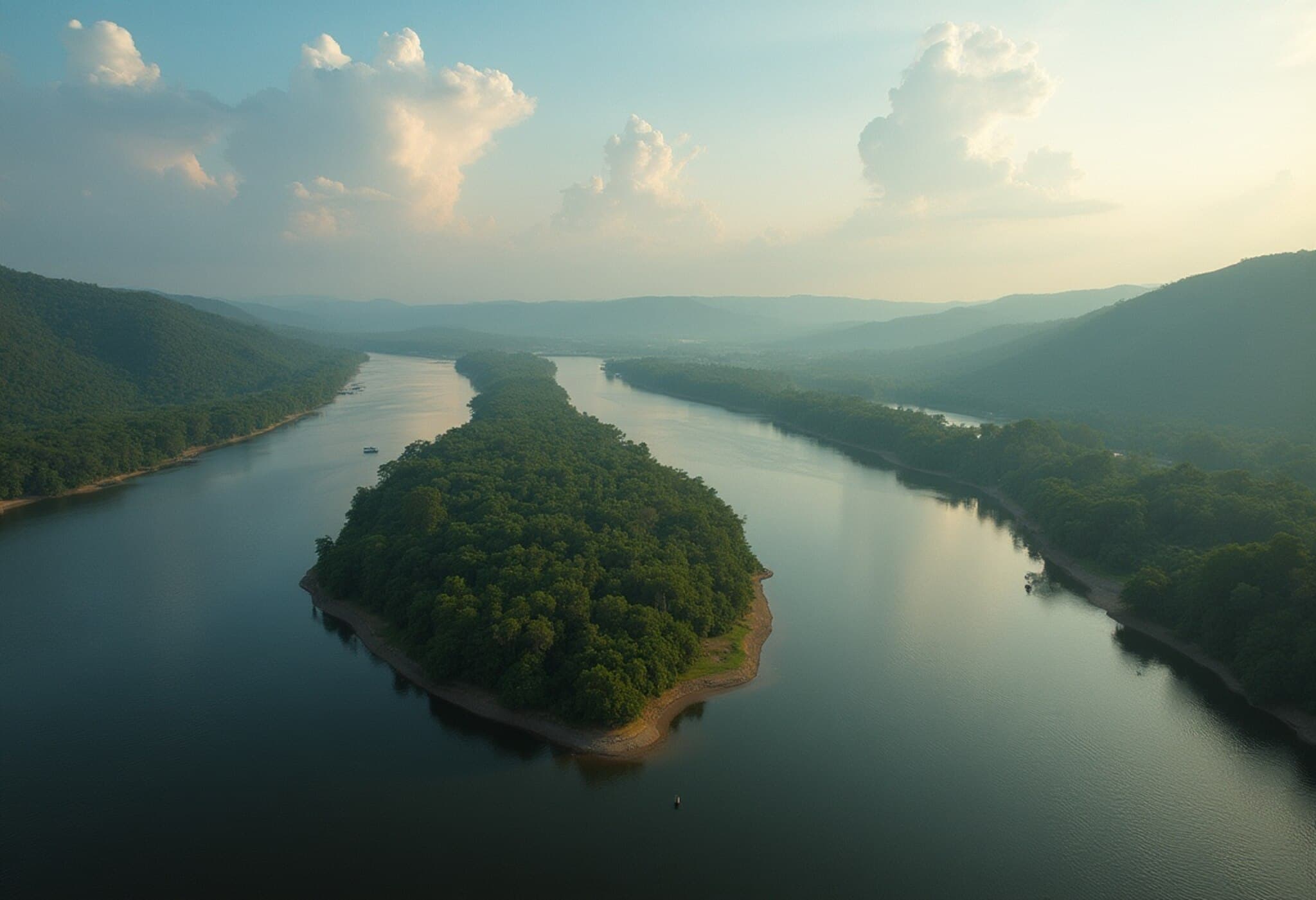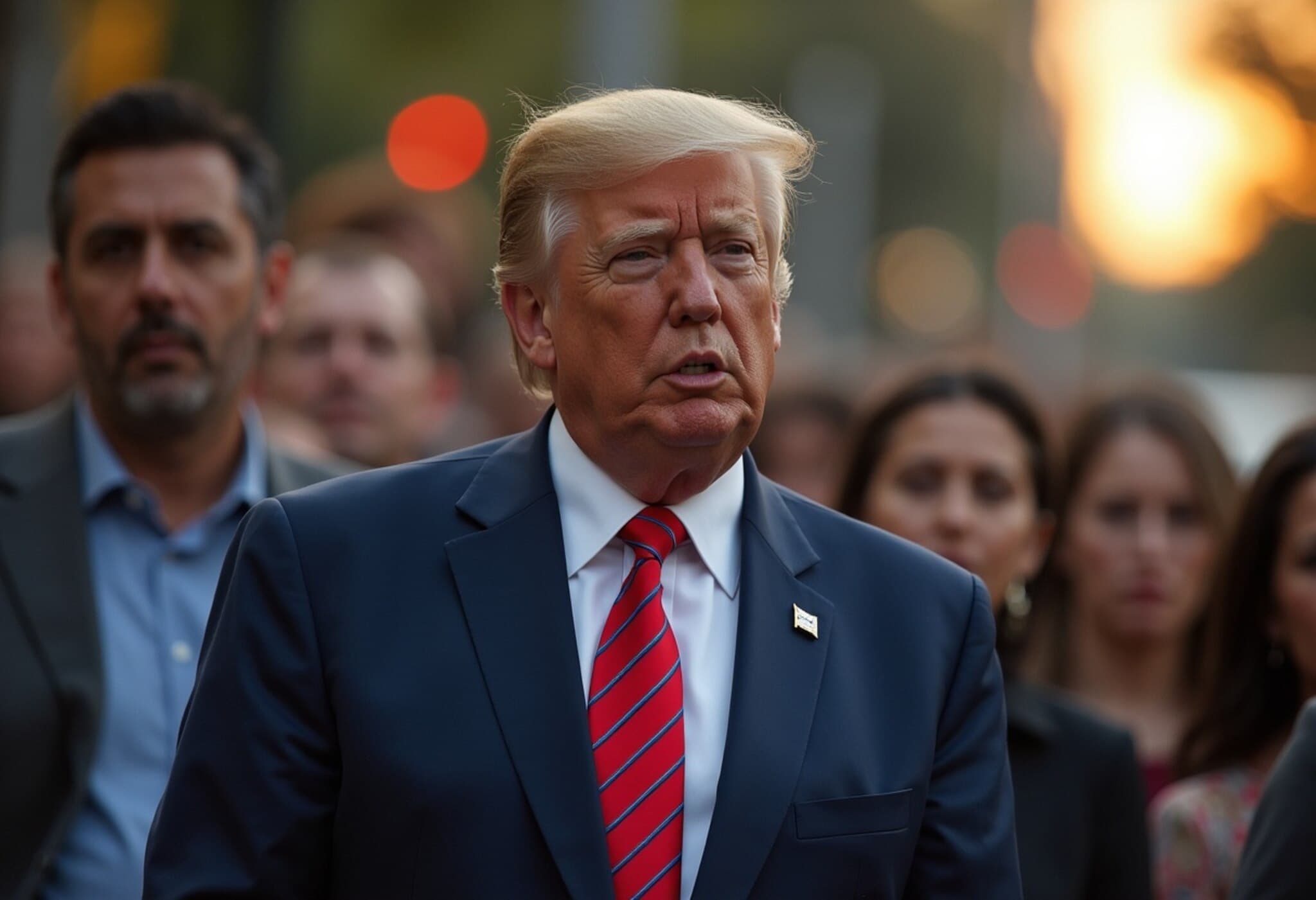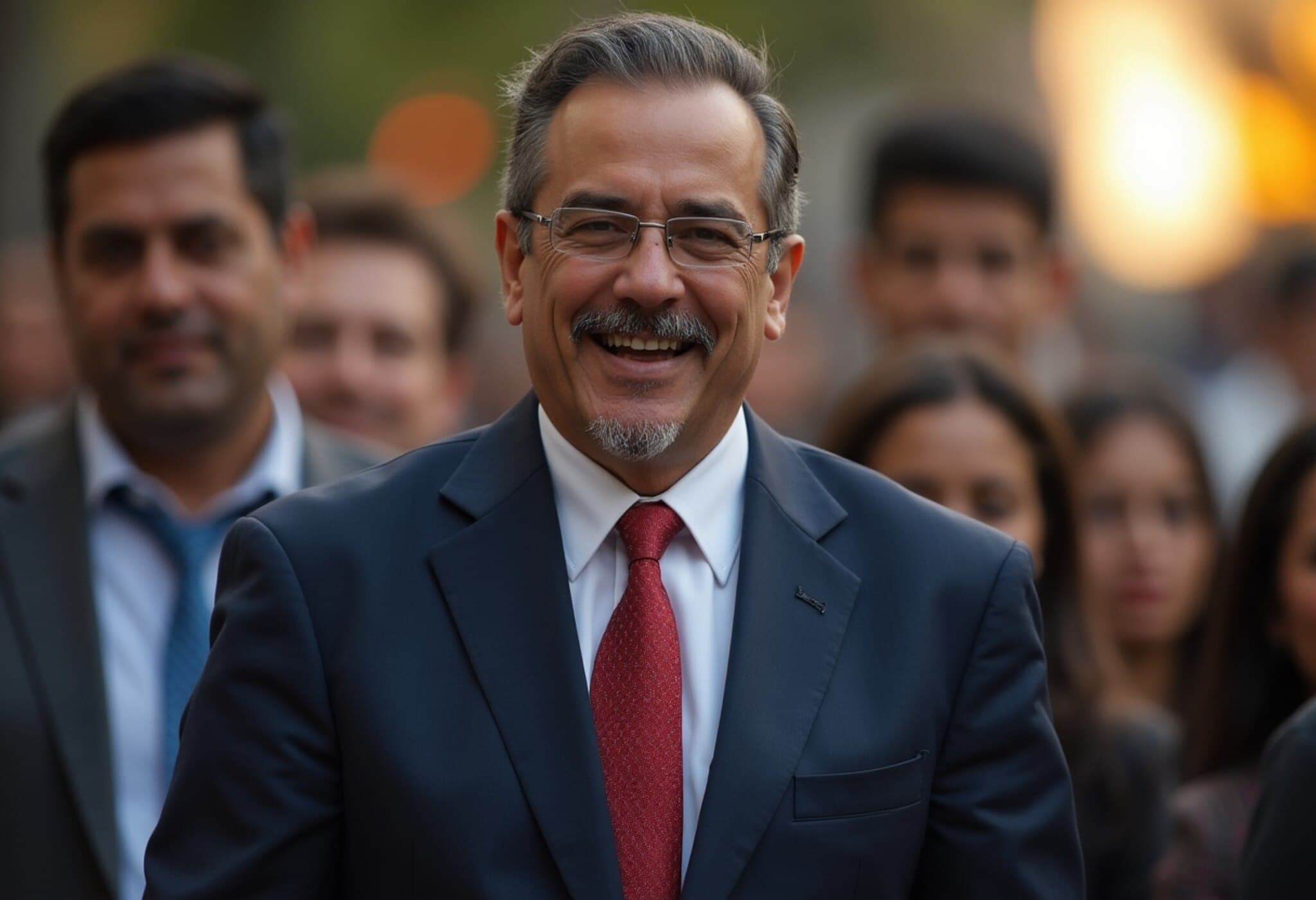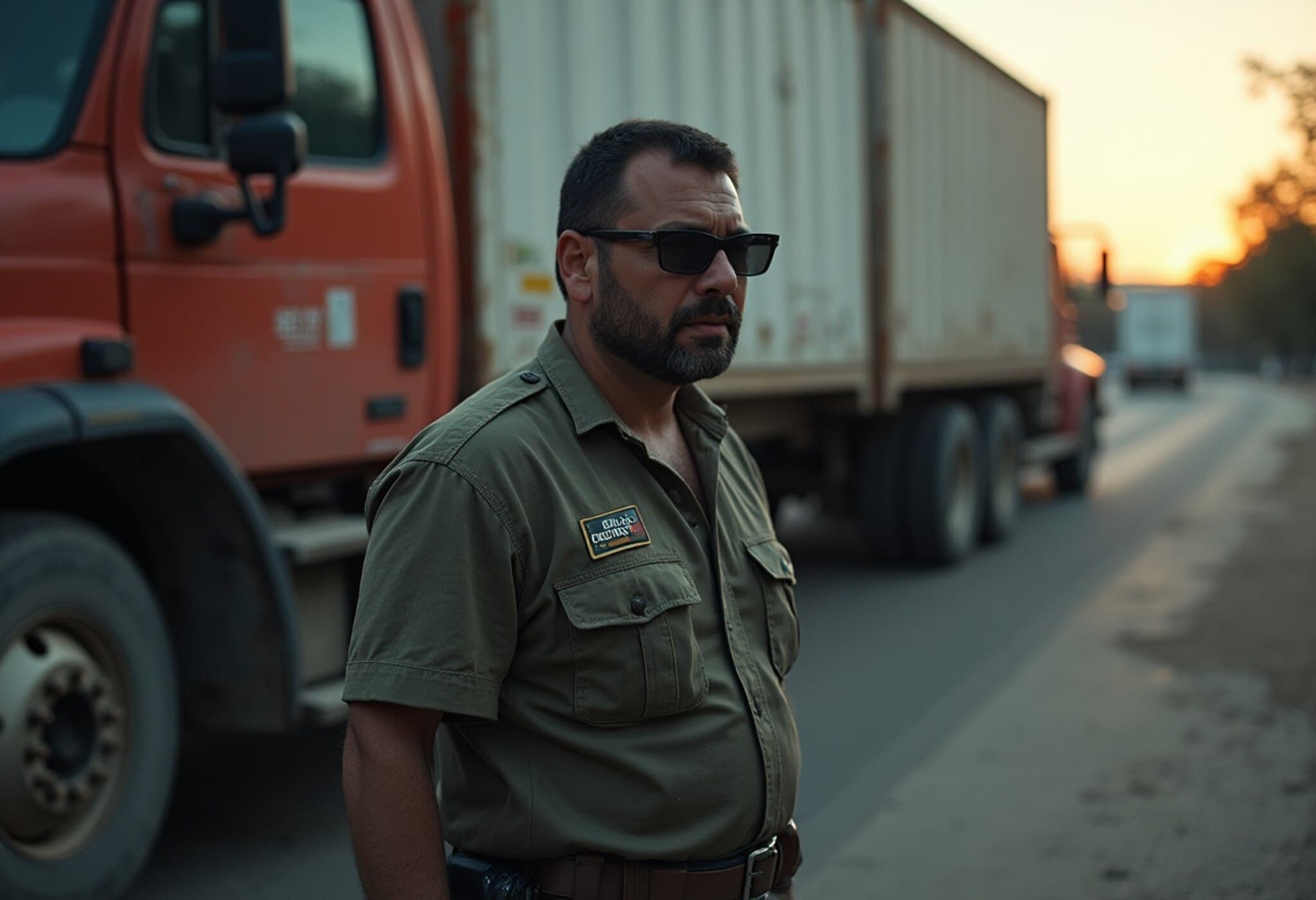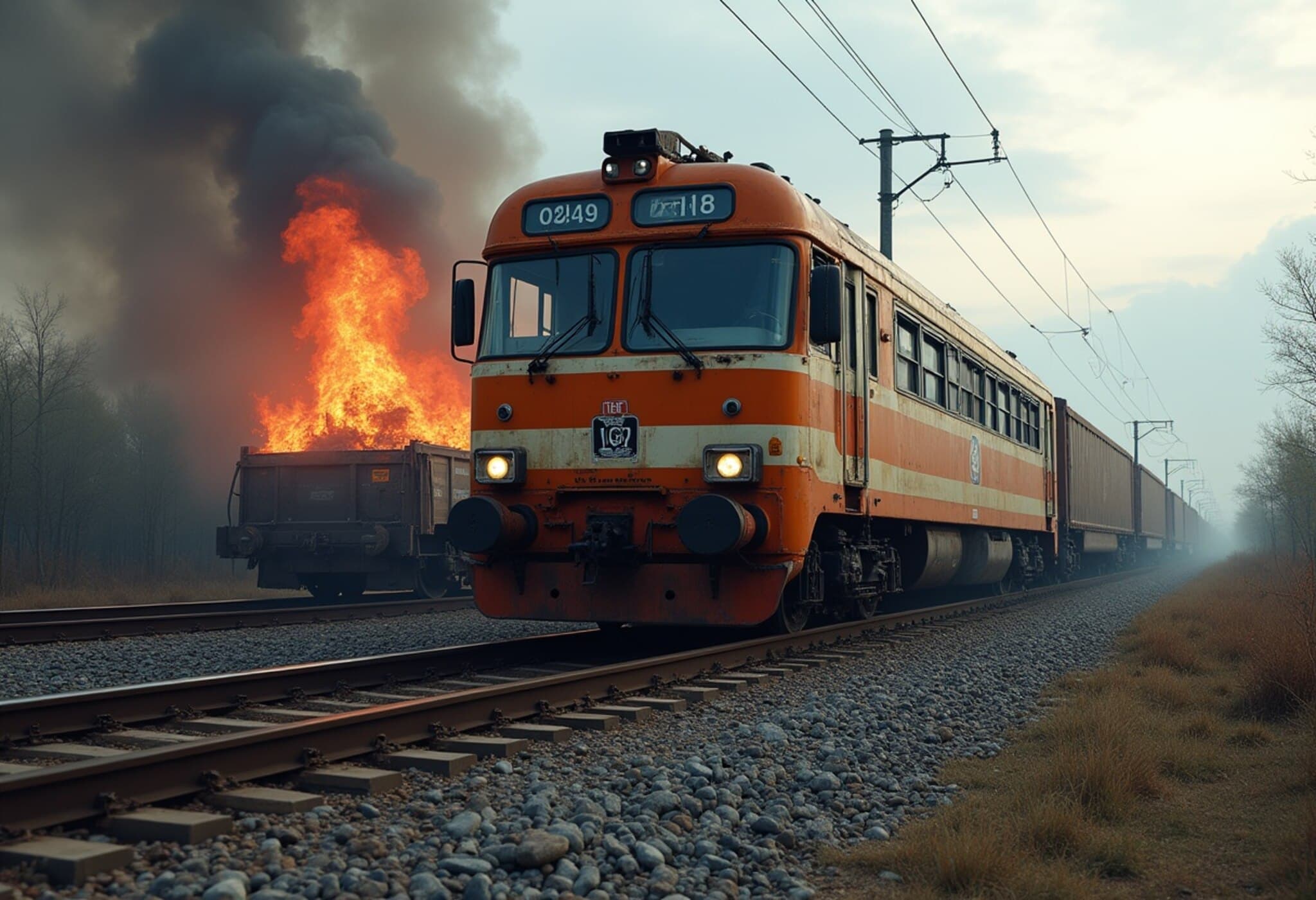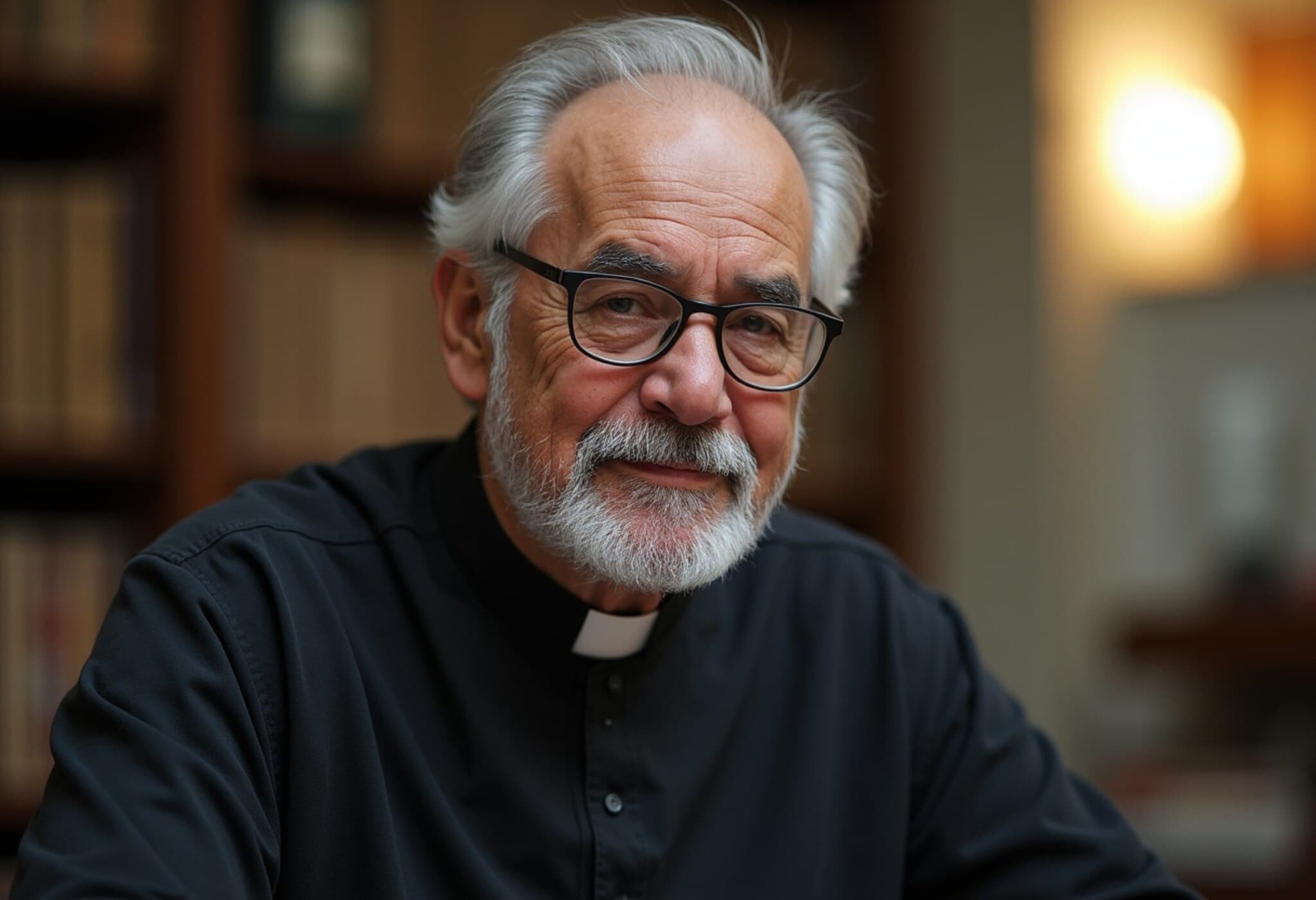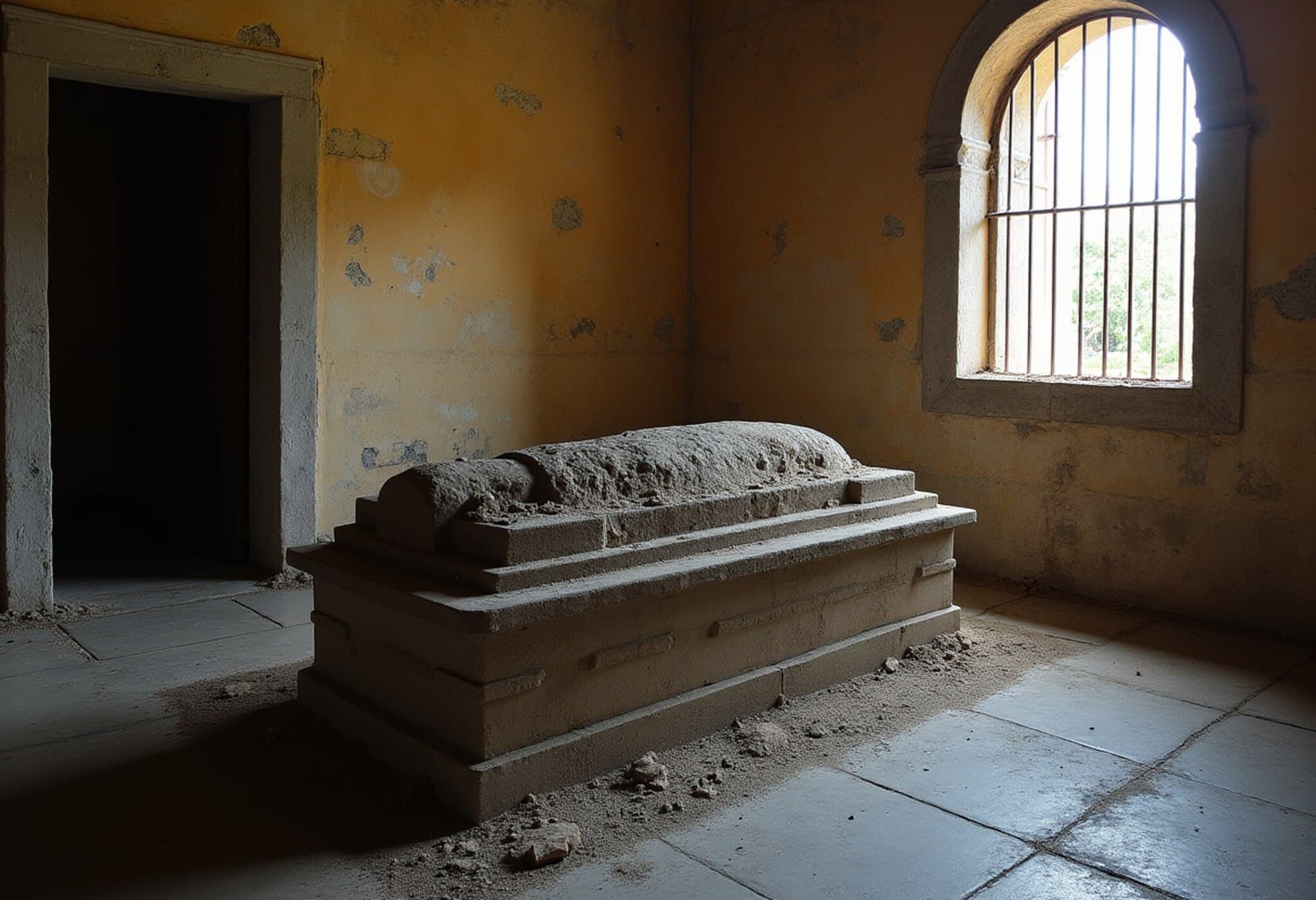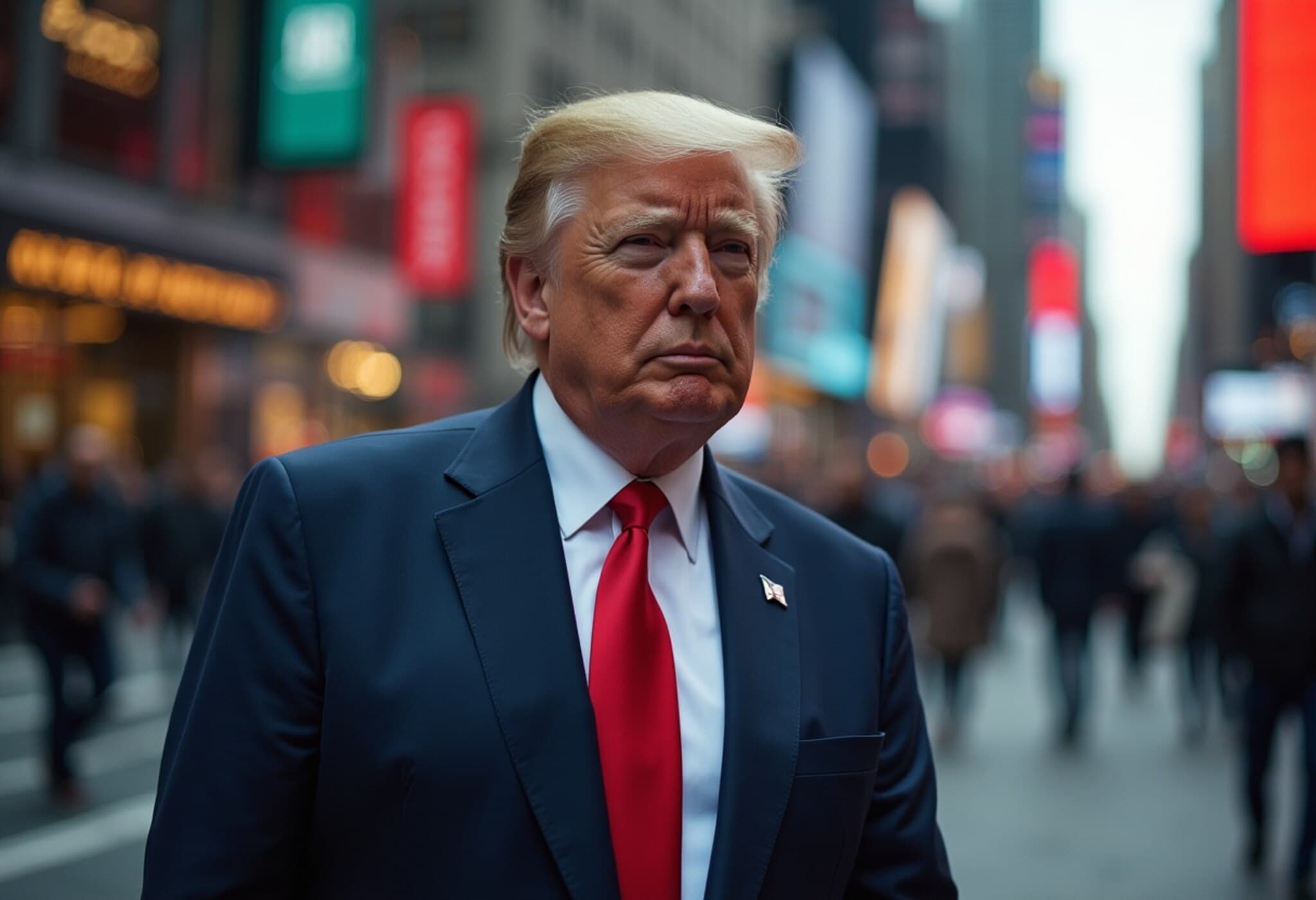Colombia and Peru Locked in a Bitter Sovereignty Dispute Over Amazon Island
A simmering territorial controversy between Colombia and Peru has exploded into a heated diplomatic confrontation over Santa Rosa de Yavarí, a small Amazonian island with just 3,000 residents, strategically positioned at the tri-border region where Colombia, Peru, and Brazil converge.
Background: The Island at the Heart of a Centennial Dispute
Santa Rosa de Yavarí is not just another river island; it represents a pivotal geographical and symbolic asset. Situated deep within the vast Amazon rainforest, this island emerged only about fifty years ago as the Amazon River’s course shifted, creating new land and opening fresh questions about territorial sovereignty.
The 1922 boundary treaty between Colombia and Peru, established after two prior conflicts, laid the groundwork for national borders but did not explicitly address islands that appeared later due to natural changes in the river’s path. This legal ambiguity underpins the current tensions.
Recent Developments: Rising Tensions and Political Maneuvering
In July 2025, Peruvian President Dina Boluarte enacted legislation upgrading Santa Rosa de Yavarí to an official district of Peru’s Loreto province, intent on securing more resources and formal governance for the local population. This move prompted Colombia’s President Gustavo Petro to declare the act a “unilateral seizure” of Colombian territory, sparking an intense exchange of accusations.
Petro, whose popularity has waned amid political challenges and personal allegations, flew to Leticia—a Colombian city near the island—to vocally assert Colombia’s claim. Accompanied by defense ministers and military cadets, he emphasized Colombia’s right to access the Amazon River, calling Santa Rosa de Yavarí’s sovereignty a strategic matter rather than mere politics.
Meanwhile, Boluarte, also struggling with low approval ratings and various domestic controversies, dismissed Colombia’s claims and reiterated Peru’s sovereignty, noting that the island has functioned de facto as Peruvian territory for decades. She underscored Peru’s institutional presence on the island, including tax offices, police, and military barracks.
Local Voices and Cultural Identity
The island’s inhabitants identify firmly as Peruvian. According to Ivan Yovera, the latest Peruvian mayor of Santa Rosa de Yavarí, the community celebrates Peruvian traditions—from food and drink to the national anthem—and has long been administratively tied to Peru. The population largely arrived in the 1960s from nearby Peruvian locales, further cementing cultural ties.
Despite these local affiliations, some residents in Colombia’s Leticia voiced skepticism about the dispute, concerned that escalating diplomatic friction could disrupt vital cross-border commerce. Many rely on affordable goods from Peru, which flow across the river like lifelines for daily sustenance.
Geopolitical and Economic Stakes: More Than Just an Island
The Amazon River serves as a critical artery for all three nations in the tri-border area. Colombia’s concern stems from the river’s gradual drift eastward, slowly encroaching deeper into Peruvian territory. If the water channel separating Colombia from the island disappears due to sedimentation, Colombia risks losing direct river access — a serious blow to its economic and strategic interests in the Amazon Basin.
Experts note that such changes are not merely abstract geographic trivia; they have real implications for trade, security, and environmental stewardship. Losing control over Santa Rosa de Yavarí could marginalize Colombia’s presence in the wider Amazon region, where control of waterways often equates to influence over natural resources and regional commerce.
Legal Interpretations and Diplomatic Impasse
Colombia insists that a 1934 treaty obliges joint agreement for ownership of newly formed islands, a process they assert Peru bypassed by elevating Santa Rosa to district status unilaterally. Peru contests this reading, emphasizing the island’s historical and cultural integration into its national fabric and denying any breach of protocol.
This legal stalemate illustrates the complexity of river boundary disputes worldwide, especially where natural landforms evolve faster than political borders. The Amazon region remains a porous frontier where sovereignty questions intersect with indigenous rights, environmental policies, and illicit cross-border trade.
The Human Dimension: Lives Entwined with the River
Sometimes lost amid the geopolitical rhetoric are the experiences of those living on and around the island. Communities here depend on the Amazon not only as a means of transportation but also for their cultural identity and daily sustenance. The “amphibious” lifestyle—adjusting constantly to changing river flows—highlights the intimate connection between people, place, and nature.
A potential intensification of conflict risks destabilizing this delicate balance, threatening livelihoods and cross-border relationships nurtured over decades.
Looking Ahead: Avoiding a Collision of National Interests
President Petro has emphasized his hope to defuse tensions and avoid military conflict, explicitly stating that a visit to the island could provoke warfare. Both nations face pressing domestic challenges and declining political capital, making this territorial dispute a potential rallying point or distraction.
For policymakers and regional observers, this episode raises broader questions about how emerging natural landforms should be adjudicated under existing treaties, the role of environmental dynamics in shaping geopolitics, and how local voices can be meaningfully included in international disputes.
Editor's Note
The Santa Rosa de Yavarí dispute illuminates a rarely covered facet of Amazonian geopolitics where natural shifts in the environment trigger contentious legal, political, and cultural challenges. Beyond the headline accusations lies a complex tapestry involving indigenous communities, environmental change, and fragile economic interdependence.
As Colombia and Peru navigate this thorny dispute, nuanced diplomacy grounded in history, respect for local identities, and sustainable management of the Amazon’s resources will be essential to prevent escalation and foster cooperation in one of the world’s most critical ecological regions.
What will it take for both nations to reconcile geographical reality with political sovereignty? How might climate change and shifting river patterns further complicate border disputes in the years to come? These are vital questions that extend far beyond Santa Rosa de Yavarí’s banks.

